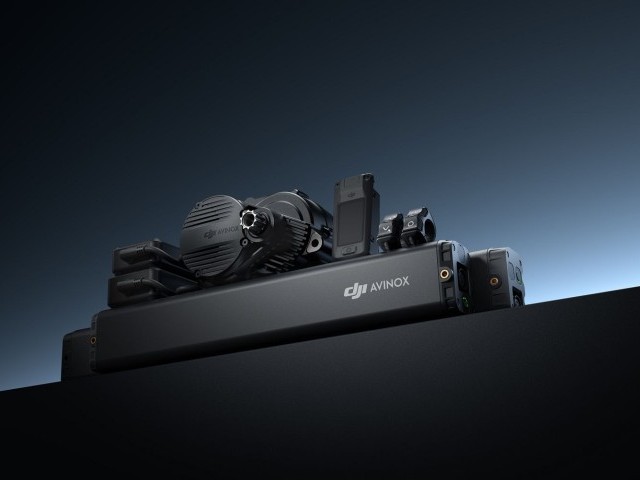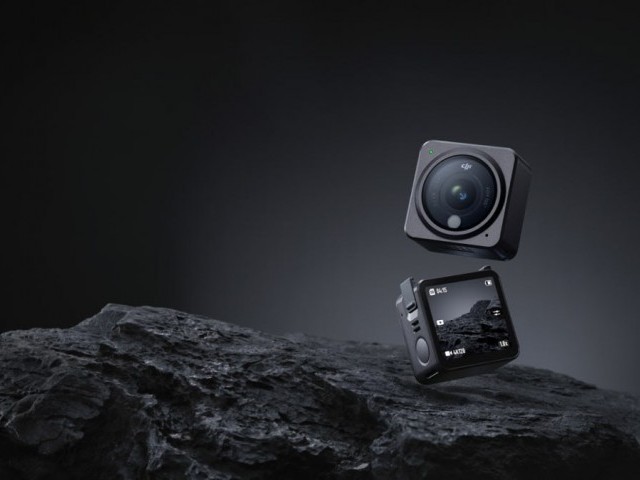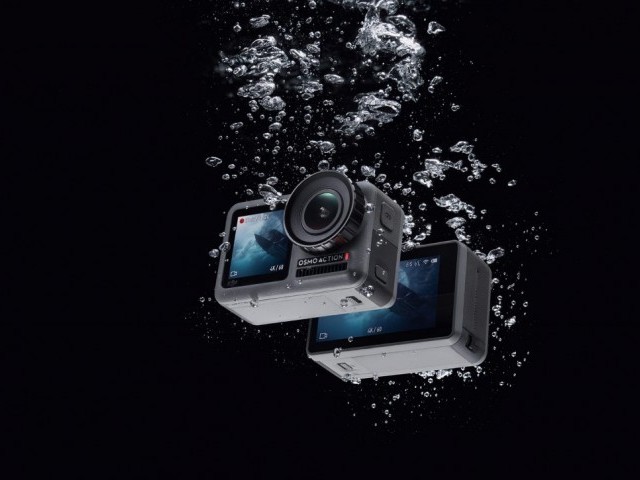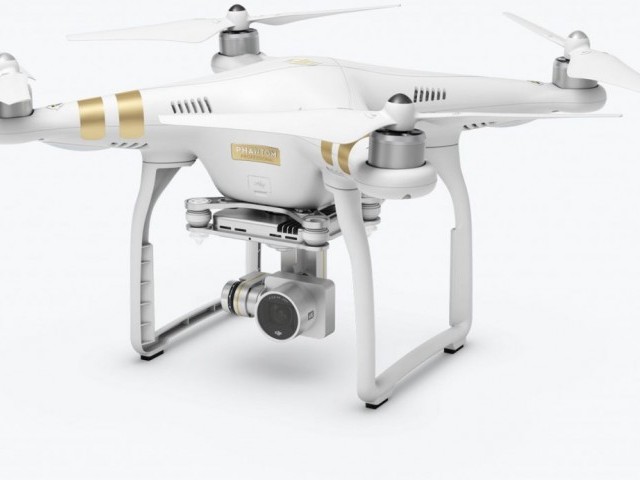
12 Questions On The New European Drone Regulations
Wed 19th Jun, 2019 @ 3:30 am
Q: Following the adoption of the common EU-wide rules setting technical requirements for drones on May 13th, the European Commission adopted the rules on operating drones on May 24th. What would you say about it?
That day was the final stumbling block of a three-year process in which DJI has played a key role alongside many other stakeholders in the drone industry. We believe these new harmonised operational and technical requirements will help facilitate and foster an even stronger market for the drone industry in Europe. Pilots will now be able to take their drones abroad without having to worry about differing rules from back home, and commercial operators will be presented with new territories in which to grow their business on the same conditions as in their home country. This new harmonised drone rulebook opens up the first door to increased aviation safety, growing drone operator compliance and understanding, and it keeps the European skies open to innovation.
Q: The regulation has entered into force by publication in the Official Journal on June 11, 2019. Will there be any immediate effects?
There will be very limited effects in 2019, as most of the changes will take place in 2020 and the years to come due to the transition period in part of the rules.
Q: Does the European Regulation cover all and every aspect of drone deployment?
The European regulation sets a common frame for rules across Europe, but there are still details that will have to be applied by national authorities across Europe. I.e. national authorities have the authority to determine the details, such as the specific airspace where drones are not allowed to go, or which organisations are authorised to train and qualify drone pilots, and what exactly that training should touch on. Compare it to the rules on the road today: you must have a driving license, and you can use it across Europe, but it may be very different where and how you obtain it between different countries.
Q: Now looking at the new Regulation: in which way does it differ from the current national regulations?
The EU regulation has taken a risk centric approach as far as possible. Several states have applied the same principles in the past years, so in reality it may not introduce big changes. What is new in some jurisdictions is that the regulations cover both aviation aspects (air-air and air-ground risk), security concerns, privacy aspects and environmental concerns. That it is risk based means that the nature of the operation is not considered as key to the risk. Commercial and recreational pilots do enjoy the same rights and obligations and can operate in the Open, specific and certified categories if they fulfil the criteria.
Examples of risks regulated in the new regulation are:
- Flight over or close to people
- Flights close to airports
- Weight of drone
- Noise pollution
- The right to privacy
Q: Let’s look at the single categories. What are these and how are they determined?
Low risk operations are summarised in the Open category: if considered as such, operations do not require prior authorisation and users can operate according to the rules and obligations in the open category. The Specific category is for operations considered to have a medium risk and which require authorisation by a competent authority ahead of the operation– either by the means of following a standard scenario or by an individual risk assessment following the SORA methodology, detailing how the mission will be conducted safely. The Certified Category classifies operations with high risks: this means they require a certified drone, a licensed pilot and an organisation approved by a competent authority.
Q: You said the risk assessment is a mix of weight and proximity to people. This sounds like a matrix system to categorise the drones. How does that look like?
The drone classes for the open category are as follows:
The lightest drone relevant for commercial users is C1, meaning < 900g allows flights close to people but not directly over assemblies of people or expected uninvolved persons. C2 up to 4kg will be applicable for many commercial operations. It allows to fly at a safe distance from people and needs to have the option to reduce speed down to 3km/h. This could be mapping of a construction site outside urban areas with a P4RTK. C3 is the heaviest category of off-the-shelf products for professionals: to be in the open category the pilot needs to operate in safe distance from urban areas. Inspection of wind turbines in remote area with the M210 RTK is a typical example. This mix opens up the doors for many inspection and surveying tasks to be authorisation-free and this is an improvement for pilots and enterprise organisations.
Q: Many commercial operations will still fall into the Specific Category. How big will the effort be to receive operational authorisation?
So-called standard scenarios (STS) will be created that should cover most operations. The operator has to declare or demonstrate that the use case is falls within an STS. If not, a full SORA assessment is mandatory. STS describes the mitigation measures and the technical requirements. As for now the STS are still in the making and we expect two sets of STS by the end of 2019. We consider the development of STS to be a big challenge which has to be solved by the European regulation to achieve legal certainty once the transition periods are over. A standard scenario could be aerial mapping over a populated area or linear infrastructure inspection near urban areas as well as it could be emergency service use of drones.
Q: What happens to the exemptions and regulations obtained so far?
Until July 2020 pilots can still operate under the current national regulations. They can still apply for a permit or exemption based on these regulations. From July 2020 onward you can still use previously obtained permits and exemptions up to July 2022. After July 2022 it is only the EU regulations that are valid.
Q: So far ‘state’ operations (e.g. military, customs, police, firefighting, etc.) were given a general waiver. Do you expect this to be repeated?
Yes, this requirement for public safety operations is already included in the Opinion document of the European Aviation Safety Agency. We assume that government entities will be entitle to operate independent of drone class and category.
Q: Let us look at the technical requirements. Is it possible for commercial users to still build a drone program with currently available models?
Absolutely. Even though there will be new CE requirements in place, the transition period will last until 2022. The exact technical requirements are still being negotiated. Depending on the drone class there will be different requirements, and for example C1-C3 will need to see unique serial numbers and electronic Identification. These are features which are already mandatory in a couple of European countries today. On the other hand, data link protection (i.e. encryption) and lighting (i.e. anti-collision beacon) are features which certain DJI models already provide, for example Mavic 2 Enterprise and Matrice Series V2.
Q: Do you see other changes which will make operations easier for commercial users?
The uniform maximum height of 120m will make operations easier as well as it is a bit higher than what some countries currently allow. Automated and autonomous flights will be more easily accessible and as the main risk is defined by people and not buildings, operations in urban areas will become more feasible.
Q: As a final say: what would you consider to be the biggest challenge on the way to 2022 and what would you name the greatest benefit for the commercial drone community?
The greatest challenge is to ensure that the European states apply the regulation equally and in the same spirit as it was written. Until now there has been very little coordination on drone regulations and some states have even used that to build up a national industry. In order to achieve a functional market, then these tendencies will have to be overcome. If we manage to do that, then I see the benefits as endless and there is great prospect of real commercial uptake of drones: Users have the entrepreneurial spirit and desire to go beyond where we are now; Industry can deliver the platforms to do so and finally we have the rules permitting it.
DJI is a global leader in developing and manufacturing civilian drones and aerial imaging technology for personal and professional use. DJI was founded and is run by people with a passion for remote-controlled helicopters and experts in flight-control technology and camera stabilisation. The company is dedicated to making aerial photography and filmmaking equipment and platforms more accessible, reliable and easier to use for creators and innovators around the world. DJI’s global operations currently span across the Americas, Europe and Asia, and its revolutionary products and solutions have been chosen by customers in over 100 countries for applications in filmmaking, construction, emergency response, agriculture, conservation and many other industries.
For more information, visit our:
Website: http://www.dji.com
#DronesForGood Initiative: http://citizenship.dji.com/drones-for-good
Online Store: store.dji.com/
Facebook: http://www.facebook.com/DJI
Instagram: http://www.instagram.com/DJIGlobal
Twitter: http://www.twitter.com/DJIGlobal
LinkedIn: http://www.linkedin.com/company/dji
Subscribe to our YouTube Channel: http://www.youtube.com/DJI






